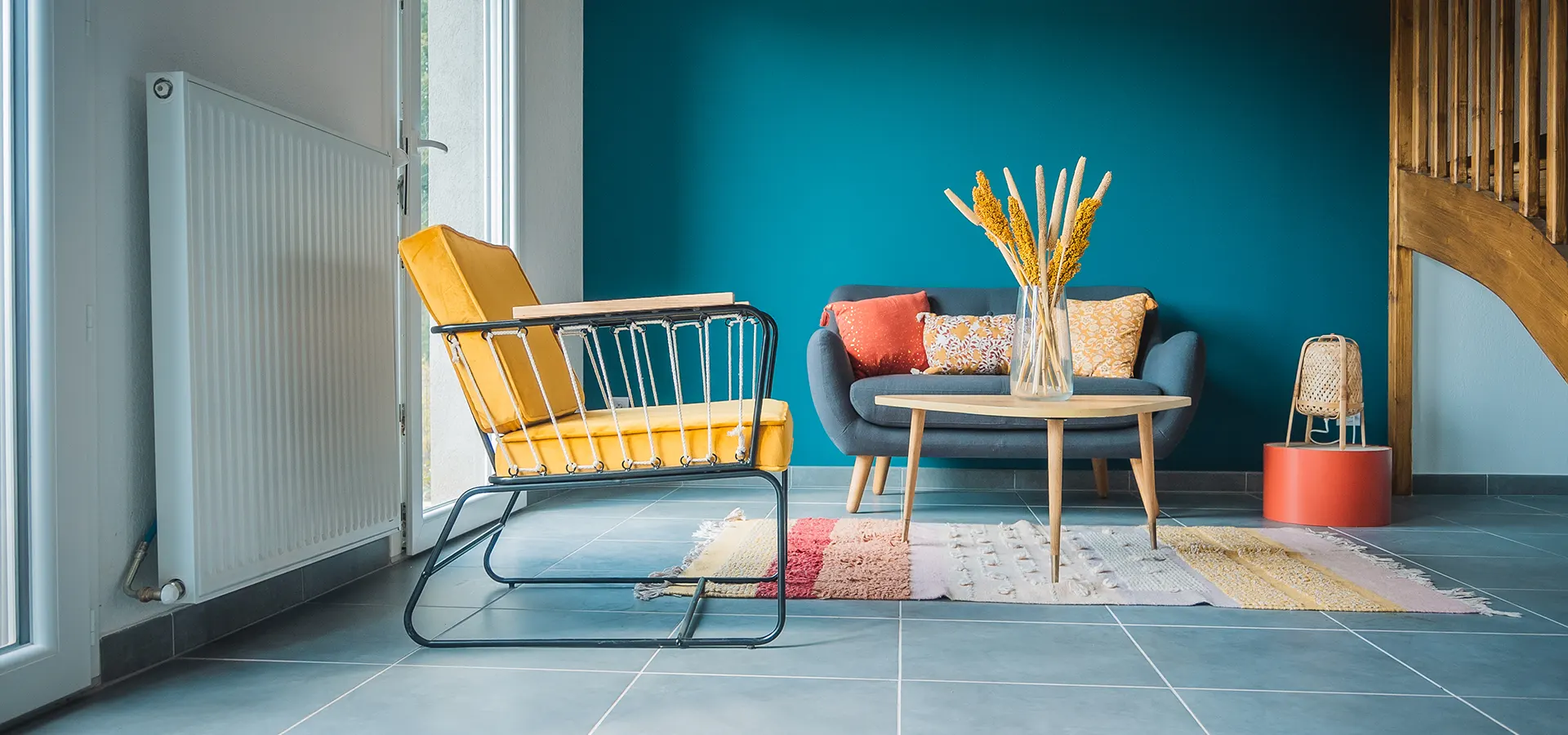The most common mistakes homeowners make when restoring a historical...
Read More
When it comes to painting your home, selecting the right color for each room is more than just a design decision, it’s a powerful tool that can influence the mood, functionality, and aesthetic of your entire space. We believe that the color palette of your home should be more than just visually appealing; it should enhance the way you feel in every room. In this post, we’ll explore how the right colors can elevate your space, making it not only more beautiful but also more functional.
Colors have a profound impact on our emotions and behavior. Different shades can evoke different feelings, which is why choosing the right color for the right room is so crucial.
Natural light plays a significant role in how a color will look in a room. A color that looks fantastic in the store may appear completely different depending on the lighting in your space. Rooms with abundant natural light may benefit from bolder, darker tones without feeling too heavy. On the other hand, rooms with little natural light may benefit from lighter shades to avoid feeling cramped or dreary.
Each room in your home serves a different purpose, and the color you choose should support that purpose. The goal is to create a space that feels harmonious and comfortable while also serving its intended function.

While wall color sets the tone, accents like trim, furniture, and decor can further enhance the room’s personality. Complementing your wall color with accent pieces like colorful throw pillows, art, or rugs can add depth and interest without overpowering the space.
For example, pairing a soft neutral wall with vibrant throw pillows or a bold rug can make your living room feel lively without feeling too chaotic.
Choosing the perfect color can be overwhelming, but with the right guidance, it’s an enjoyable experience. At Tom Sawyer Painting, we offer color consultations to help you find the ideal shade for every room in your home. Whether you’re working with a specific color palette or exploring new trends, our team is here to guide you through the process, ensuring the perfect result every time.

Not sure where to start with your color choices? Let the experts at Tom Sawyer Painting help you choose the perfect color for every room in your home. Contact us today for a free custom quote!
The most common mistakes homeowners make when restoring a historical...
Read MoreColor psychology in interior design: what your walls are really...
Read More| Cookie | Duration | Description |
|---|---|---|
| cookielawinfo-checkbox-analytics | 11 months | This cookie is set by GDPR Cookie Consent plugin. The cookie is used to store the user consent for the cookies in the category "Analytics". |
| cookielawinfo-checkbox-functional | 11 months | The cookie is set by GDPR cookie consent to record the user consent for the cookies in the category "Functional". |
| cookielawinfo-checkbox-functional | 11 months | The cookie is set by GDPR cookie consent to record the user consent for the cookies in the category "Functional". |
| cookielawinfo-checkbox-necessary | 11 months | This cookie is set by GDPR Cookie Consent plugin. The cookies is used to store the user consent for the cookies in the category "Necessary". |
| cookielawinfo-checkbox-necessary | 11 months | This cookie is set by GDPR Cookie Consent plugin. The cookies is used to store the user consent for the cookies in the category "Necessary". |
| cookielawinfo-checkbox-others | 11 months | This cookie is set by GDPR Cookie Consent plugin. The cookie is used to store the user consent for the cookies in the category "Other. |
| cookielawinfo-checkbox-performance | 11 months | This cookie is set by GDPR Cookie Consent plugin. The cookie is used to store the user consent for the cookies in the category "Performance". |
| viewed_cookie_policy | 11 months | The cookie is set by the GDPR Cookie Consent plugin and is used to store whether or not user has consented to the use of cookies. It does not store any personal data. |
| viewed_cookie_policy | 11 months | The cookie is set by the GDPR Cookie Consent plugin and is used to store whether or not user has consented to the use of cookies. It does not store any personal data. |